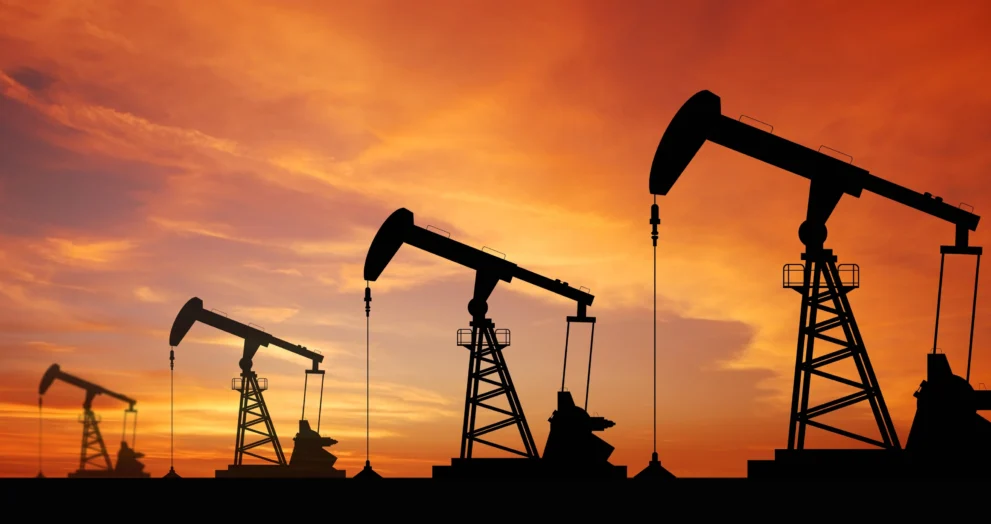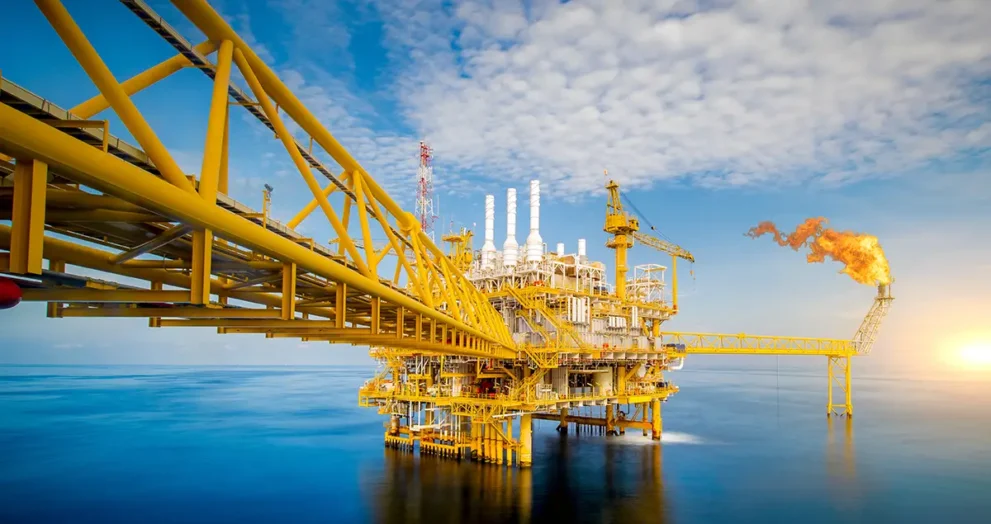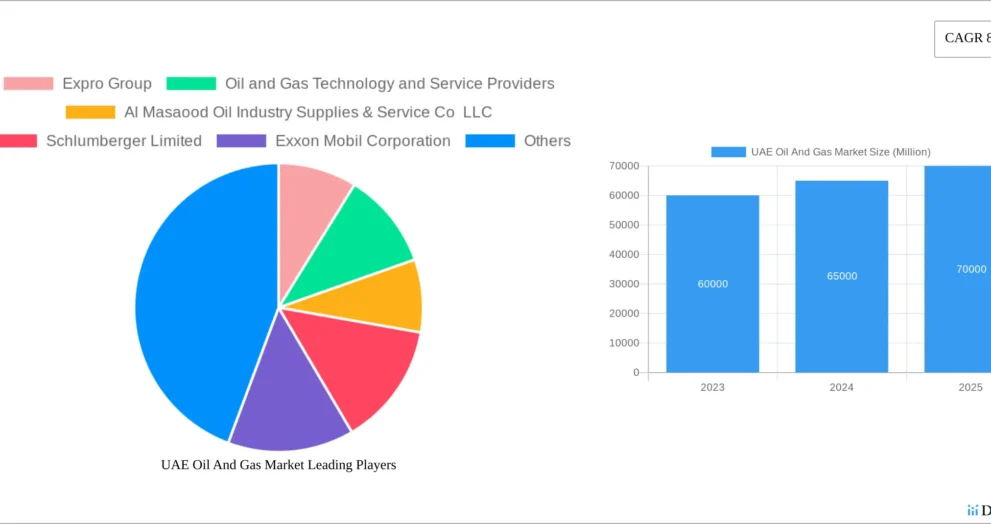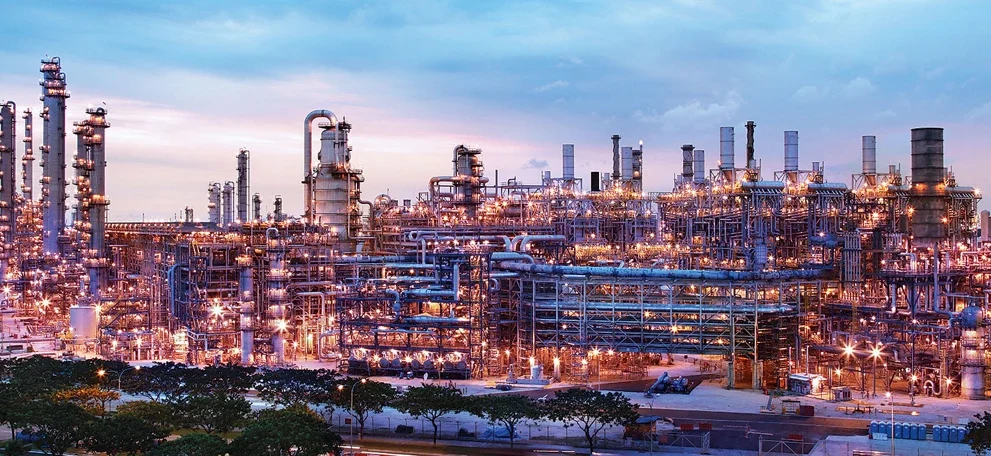Major Oil and Gas Companies Adapt to Market Shifts and Energy Transition in 2025
As 2025 progresses, oil and gas companies are poised to balance traditional operations with innovation and sustainability. The focus on capital discipline, AI-driven efficiencies, and low-carbon investments will shape their ability to thrive in a dynamic market. Stakeholders are closely watching how these strategies unfold amid evolving global energy policies and economic conditions.









